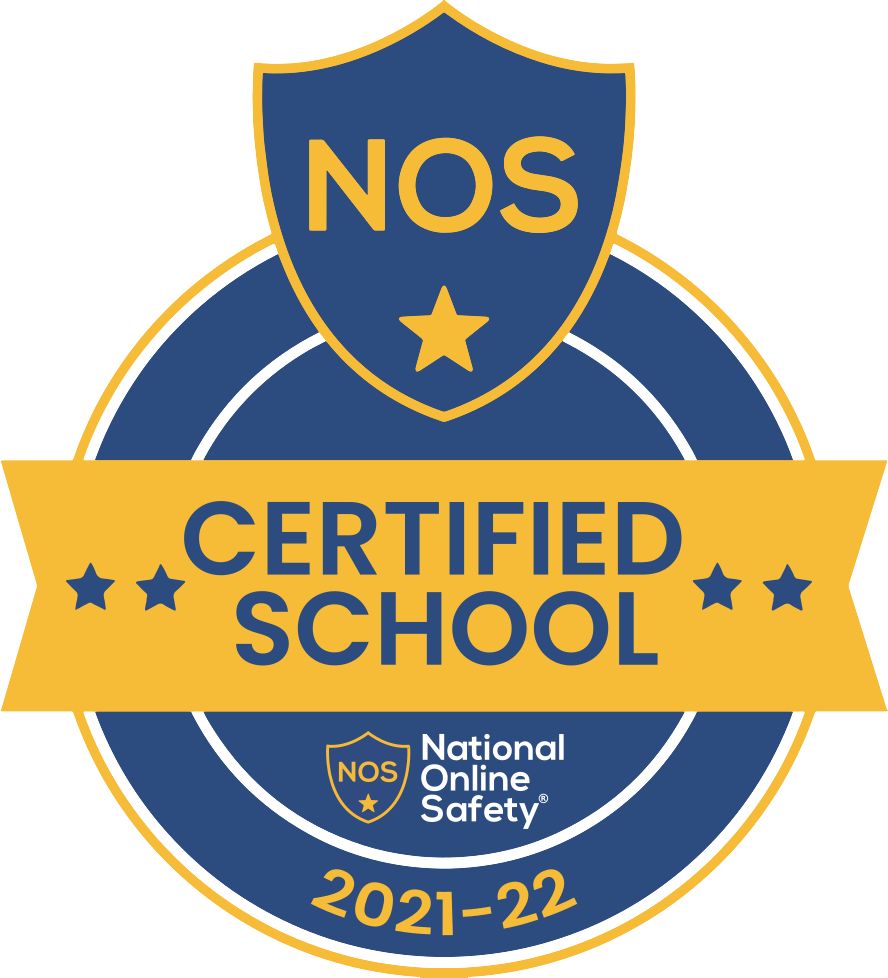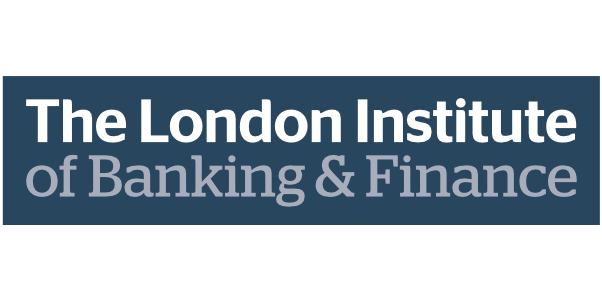Art
Art/Textiles subject Intent:
Our intent is comprised of the following 3 sections:
-
Our vision for the subject/faculty and the purpose it serves for our pupils
-
Defining what the key concepts and core domains of knowledge are, that pupils will learn about
-
The end points our curriculum is working towards
To develop every pupils’ interest, thoughts and skills within the arts world. By allowing children to access and appreciate what they find inspiring and interesting within the arts world we can allow their creativity and curiosity to flourish. The curriculum is designed to offer the opportunity to build on the skills we develop over time and experience new and exciting methods used by artists.
-
Our vision
-
Aspiration – to encourage Art/Textiles students work creativity and guide them where possible to potential career and/or further educational opportunities linked with Arts.
-
Core knowledge – Art/Textiles students are taught about composition and how to create artistic responses with links to artists/designers/craftspeople and how to develop art through practical and some written work. At KS4 they currently undertake a vocational qualification with three components (BTEC Award in Art & Design Practice) and create art as though part of a design team. Component 1 allows students to consider the art/design/craft of others’ and this informs their ideas and working practice. Component 2 is about developing and communicating ideas and manipulating varied media, processes and techniques to generate their own responses.
-
Procedural/Powerful knowledge – Art/Textiles students are encouraged to respond to a range of tasks in order that they can express themselves creatively and independently The artists linked to their studies are a mix of gender, sexuality, ability and race in order that students can empathise and think about other people’s backgrounds, culture and differences and how difference is something that can be celebrated.
-
Developing cultural capital – Students of all key stages contribute to the community at Kingswood by producing artwork and contributing to the displays around the academy. Art/Textiles students have also had work displayed and created art for the community as well as entering local and national art competitions.
-
Developing character – enabling our students to RISE. In particular developing our Core Values of:
-
Respect- We teach our students about mutual respect- this is between the teacher and students, the student to student relationships as well as their relationship to their learning environment.
-
Independence- Each lesson students are set tasks that can be interpreted in an independent way.
-
Service- We provide the opportunity for our students to give back to their community - through displays
-
Empathy – Art/Textiles is intrinsically about learning from other people’s ideas. Students placing themselves in the ‘shoes of others’. This is taught throughout our schemes of work at all key stages..
-
Identifying and addressing context specific need – Our students are all unique and valued members of our community. Our Art/Textiles lessons are differentiated to allow each student to thrive and achieve. Students with specific needs are supported through a variety of methods from support in lessons to specialist art/textiles kits given for PP students.
-
Learning is sequential – The Art/Textiles curriculum is sequenced to allow student’s knowledge and understanding to grow and build on prior knowledge. Students are given DNA’s to recall knowledge. Students are taught with retrieval tasks to ensure that their knowledge and skills build and avoids cognitive overload.
Our key concepts and core domains of knowledge
At Key Stage 3, learners will experience a broad a rich curriculum comprising:
Year 7 - Art Topics:
Discuss and discover the Formal Elements, Natural Forms and portraiture themes with artists; Georgia O’Keeffe and Yayoi Kusama and Wander Wultz. Skills: Develop drawing, painting, mixed-media and printmaking techniques.
Year 7 - Textiles Topics:
Discuss and learn how to use the sewing equipment safely. Skills: Design and Hand/Machine sewing, theme based on ‘Working from the Imagination’ textile designers; David Shillinglaw
Year 8 - Art Topics:
Discuss and discover the Formal Elements, theme based on ‘Working from the Imagination’ artists; Henri Matisse, Friedrensreich Hundertwasser, Jon Burgerman and Keith Haring. Skills: Develop collage, painting, design, and relief sculpture techniques.
Year 8 - Textiles Topics:
Discuss and recap how to use the sewing equipment safely. The work is themed loosely on animals. Skills: Design and Hand/Machine sewing, develop techniques such as ‘free machine embroidery’ and applique, textile designers; Mark Herald.
Year 9 Art Topics
Topics include Colour portraits, Luke Dixon and Geometric animal drawing to start. Then they move onto mark making and texture which leads into shoe and printmaking while finishing with Hybrid and metamorphosis. Observational and continuous drawing will be developed along with brush technique. Throughout as skills. We try to develop pupils designing, planning, development of ideas and the evaluating skills.
Textiles at Key Stage 4, students study BTEC Level 1/2 Tech Award in Art and Design Practice. Over the length of the course, learners will study:
-
Component 1 – Creative practice in Art and Design.
-
Component 2 – Responding to a Brief.
Art at Key Stage 4 study the AQA GCSE Art and Design Practice. This includes 2 aspects:
-
Coursework present a portfolio of a project developed in response to a subject, theme, task showing the journey from initial idea(s) to the realisation of intentions.
Plus A selection of further work resulting from activities such as trials and experiments; skills-based workshops; projects; responses to gallery, museum or site visits.
-
Component 2 is an Exam of 10 hours of supervised time – it is a set assignment provides students with the opportunity to demonstrate, through an extended creative response.
At Key Stage 5
We now teach the BTEC award at Key stage 5 worth one A 'Level. Untis are taught according to the specification with two optional units throughout the two years. Two are externally assessed and two are internally assessed.
-
The end points of our curriculum
By the end of each year our learners will be able to:
|
Key concepts knowledge or skill |
By the end points for Year 7 |
End points for year 8 |
End points for yr 9 |
|
1. Formal Elements
2. Principles
3.Art History
4.Methods and techniques
|
|
|
|







